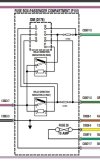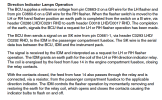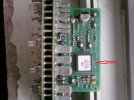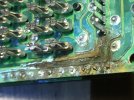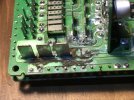SteveG4TRA
Active Member
- Posts
- 241
I am interested to find out more about the Discovery S2 (2003) indicator system. Recently in the very cold weather the flashers played up, neither side wanting to start, then flashing very slowly even though the car was started and running. Eventually they came up to normal speed as the car warmed up. Obviously something being effected by the cold I guess.
I suspect the IDM (Indicator Delay Module?) on the Fuse Box Passenger Compartment P101. Why Land Rover couldn't fit a normal standard plug in flasher unit I don't know. So where is the IDM on the Fuse Box. Is it at the back? Is in moulded inside? Can it be replaced? Is it plug in? How does it work?
Any thoughts from the auto-electrical guys out there?
I suspect the IDM (Indicator Delay Module?) on the Fuse Box Passenger Compartment P101. Why Land Rover couldn't fit a normal standard plug in flasher unit I don't know. So where is the IDM on the Fuse Box. Is it at the back? Is in moulded inside? Can it be replaced? Is it plug in? How does it work?
Any thoughts from the auto-electrical guys out there?

